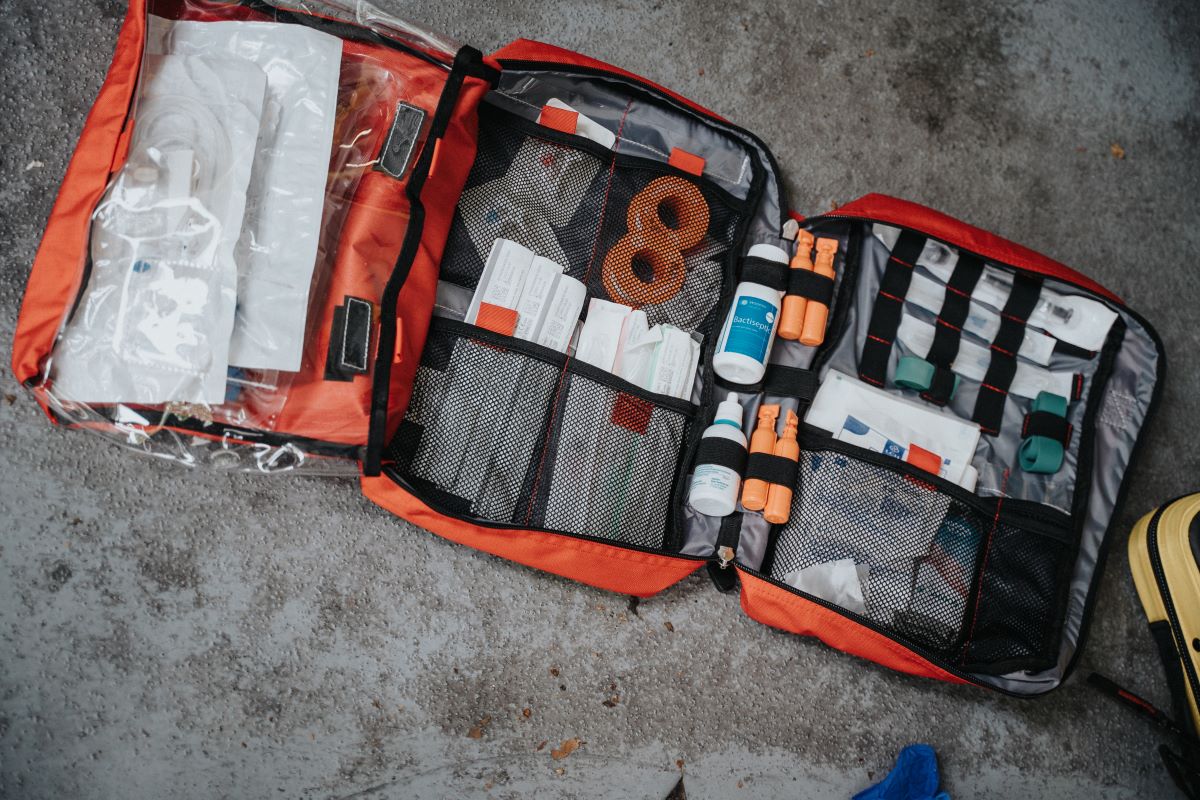Introduction
In today's hectic work environment, hand-operated handling remains a vital part of daily procedures across different sectors. Whether you're in a storehouse, an office, or a construction website, understanding how to raise, bring, and move things correctly can considerably lower the danger of injuries. As a matter of fact, poor manual handling techniques are among the leading reasons for local First Aid courses in Salisbury workplace accidents. To make certain safety and performance, every work environment needs to be geared up with necessary tools that promote reliable hand-operated handling. This post discovers these devices in-depth while likewise connecting the importance of first aid training for staff members to make sure readiness in situation of emergencies.
Essential Devices Every Workplace Ought To Have For Efficient Manual Handling
Manual handling involves numerous tasks, including training, pressing, pulling, bring, or relocating products by hand or bodily pressure. The performance and safety and security of these actions can be greatly improved with the right devices and training.

Here's a more detailed check out some crucial devices:
1. Lifting Equipment
1.1 Forklifts
Forklifts are crucial in storage facilities and producing settings where heavy items require to be moved rapidly and successfully. They minimize physical strain on employees.
1.2 Pallet Jacks
Pallet jacks are best for moving palletized goods around the workplace with ease. They are available in manual and electrical variations catering to various needs.
1.3 Hoists
Hoists aid raise hefty objects up and down with minimal human initiative. They are specifically valuable in settings where items have to be raised from heights.
2. Individual Safety Devices (PPE)
2.1 Safety and security Gloves
Wearing gloves can provide hold while securing hands from cuts and abrasions when handling sharp or rough materials.
2.2 Steel-Toed Boots
These boots safeguard feet from falling things and supply far better traction on slippery surfaces.
2.3 Back Support Belts
Back assistance belts can help advise workers to keep appropriate posture while lifting.
3. Training Programs
3.1 Handbook Handling Training
Regular training sessions should cover safe training techniques, position upkeep, and the appropriate use of equipment.
3.2 First Aid Training
Having workers learnt first aid is vital for any work environment as it guarantees quick responses to mishaps or health and wellness emergencies.
4. Ergonomic Tools
4.1 Adjustable Workstations
These enable employees to alter their functioning height according to their comfort degree which minimizes stress during repetitive tasks.
4.2 Ergonomic Raising Devices
Tools like flexible hoists or lifts made specifically for ergonomic use can significantly reduce the threat of injury.
5. Appropriate Storage Space Solutions
5.1 Shelving Units
Sturdy shelving systems help maintain products off the ground at waist elevation, decreasing the demand for excessive bending or reaching.
5.2 Storage Bins and Containers
Properly classified storage services make discovering things simpler without unneeded searching that might bring about unpleasant training positions.
6. Signage and Recognition Campaigns
Clear signs around workstations can notify employees concerning risk-free handling practices as well as emergency treatments such as CPR methods based on DRSABCD guidelines.


FAQ Section
1. What is hands-on handling?
Manual handling describes any type of task that needs making use of pressure to raise, lower, push, pull, lug or move a things by hand or bodily force.
2. Why is first aid training crucial in workplaces?
First aid training equips staff members with abilities needed to react effectively throughout emergency situations such as injuries because of incorrect hand-operated handling practices.
3. Exactly how typically should manual taking care of training occur?
It is advised that offices perform manual handling training each year or whenever there is an adjustment in treatments or personnel.
4. What is DRSABCD?
DRSABCD represents Risk Reaction Send for aid Airway Breathing CPR Defibrillation - an organized technique used throughout clinical emergency situations like heart attack circumstances calling for CPR knowledge.
5. Can ergonomic tools prevent injuries?
Yes! Ergonomic devices are particularly created to minimize stress on muscular tissues and joints; thus minimizing injury dangers connected with repetitive tasks.
6. How can I discover first aid programs near me?
You can search online using terms like "first aid training course near me" or inspect regional recreation center which typically use training courses at various levels consisting of psychological health and wellness first aid courses.
Conclusion
Effective hands-on handling is not just about having the right devices but also about growing a society of safety and security via continual education and learning and awareness programs like first aid training and specialized workshops on proper strategies such as DRSABCD methods for emergency situations involving CPR scenarios among others mentioned above throughout this post entitled "Important Devices Every Work Environment Need To Have For Effective Manual Handling". Spending time right into understanding how finest to take care of both devices use along with employee readiness will inevitably benefit your company's productivity while safeguarding versus prospective dangers that come from insufficient preparation within any workplace today!
Incorporating these essential devices into your office will not only improve operational performance but also cultivate a risk-free workplace where employees really feel valued and protected.